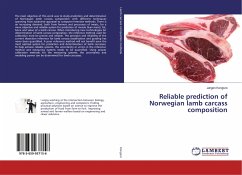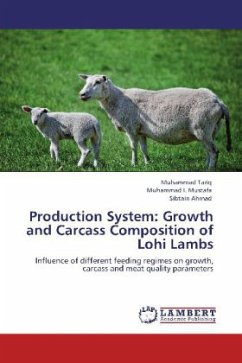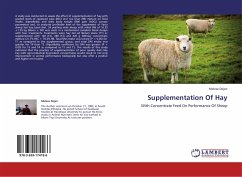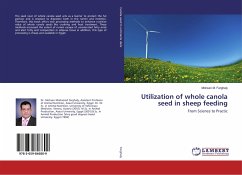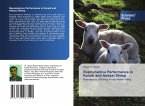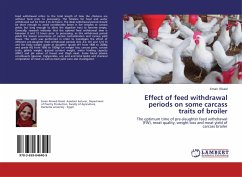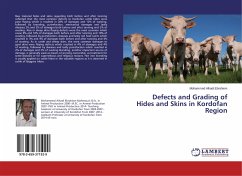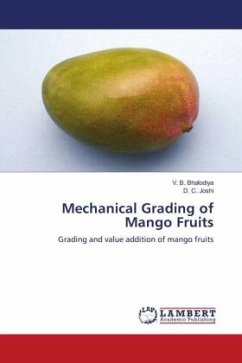The main objective of this work was to study prediction and determination of Norwegian lamb carcass composition with different techniques spanning from subjective appraisal to computer-intensive methods. There is an increasing demand, both from farmers and processors of meats, for a more objective and reliable system for prediction of muscle (lean meat), fat, bone and value of a lamb carcass. When introducing new technologies for determination of lamb carcass composition, the reference method used for calibration must be precise and reliable. The precision and reliability of the current dissection reference for lamb carcass classification and grading has never been quantified. A poor reference method will not benefit even the most optimal system for prediction and determination of lamb carcasses. To help achieve reliable systems, the uncertainty or errors in the reference method and measuring systems needs to be quantified. Using proper calibration methods for the measuring systems, the uncertainty and modeling power can be determined for lamb carcasses.
Bitte wählen Sie Ihr Anliegen aus.
Rechnungen
Retourenschein anfordern
Bestellstatus
Storno

